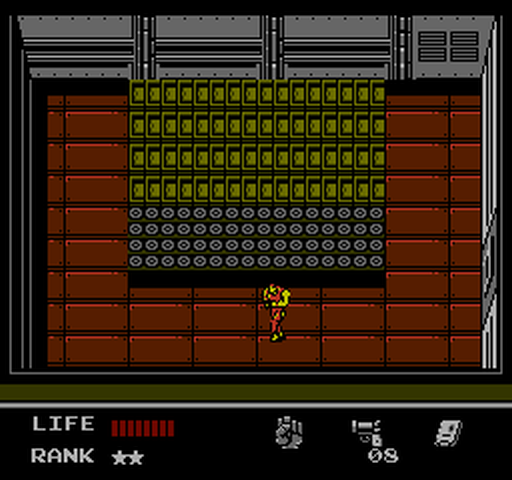
Get even closer, and the copperhead will lift its head to show you it’s ready to bite if you keep provoking. As you get closer, the copperhead will start to shake, or “rattle,” its tail to resemble a rattlesnake. As you get closer, it will curl up into its camouflage pile, blending in with fallen leaf litter on the ground. When walking through potential copperhead habitat, the snake will likely spot you first and may try to move away. A copperhead bite typically occurs when it’s least expected, after several attempts to discourage you, the “predator” from coming close.

When curled up, their camouflage resembles a pile of fallen leaves this helps them remain hidden from potential predators – including you. Keep in mind that the hourglass shapes can occasionally “mismatch” and seem like they disconnect from the complete shape, especially towards the tail.Īdult venomous ‘Southern copperhead’ snake, Agkistrodon contortrix, as it was coiled in its natural Coastal South Carolina environment.Ĭopperheads are not aggressive, nor do they go out of their way to bite humans or other unsuspecting bystanders. To put it simply, the top of the hourglass touches the left side of the body, the bottom of the hourglass touches the right side of the body. The hourglass shape lays somewhat “sideways” on the copperhead’s back the wider portion of the shape starts on one side of the body, thins towards the middle-top edge of the back (closest to the spine), and then widens back out to the opposite side of the snake. Parts of the pattern of the copperhead resemble an hourglass and is one of the most diagnostic traits of all. These wider parts of the head allow for space to fit the snake’s fangs and venom glands. Some people call it an “arrowhead-shaped” head. Since the copperhead is a pit viper, you’ll notice a very distinctive triangular-shaped head. An adult copperhead’s average length ranges between 2 to 3 feet but can reach 4 feet.


The copperhead gets its name from the coppery-tan color found mainly on its head and throughout parts of its body down to the tail. There are several ways to differentiate the copperhead from these two similar-looking species, but first, let’s start with a description of the copperhead. The two most common non-venomous snake species that are mistaken for the copperhead are the corn snake and the northern water snake. Many of these phone calls and emails result in the suspect snake being a similar looking, non-venomous snake with characteristics that are hard to distinguish from the copperhead. The hourglass shape lays somewhat “sideways” on the copperhead’s back the wider portion of the shape starts on one side of the body, thins towards the middle-top edge of the back (closest to the spine), and then widens back out to the opposite side of the snake.Įvery year, I receive a plethora of phone calls and emails asking me 1) to identify whether a snake is a copperhead and 2) what should I do with it.


 0 kommentar(er)
0 kommentar(er)
